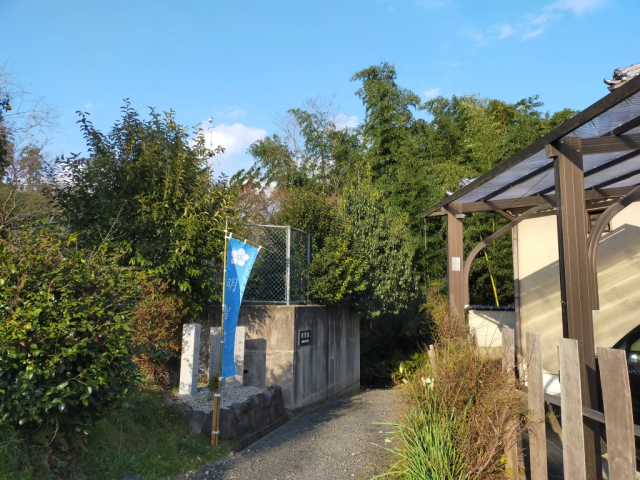
We step back into the past on a walk to the Akechi Thicket.
Kyoto is one of Japan’s top travel destinations, drawing visitors who dream of sipping green tea, touring temples and gardens, and otherwise immersing themselves in the city’s storied atmosphere of refined tranquility. But while Kyoto is the cultural capital of Japan, for several centuries it was the political one too, which means the city was sometimes the site of violent power struggles during the feudal era.
So today, we’re going off the beaten path in Kyoto and instead following the path of a beaten samurai, as we retrace the final steps of Akechi Mitsuhide, one of Japan’s most infamous warlords who met his end in Kyoto more than 400 years ago.
▼ Akechi Mitsuhide
Mitsuhide rose to prominence as a retainer of Oda Nobunaga, one of Japan’s three great unifiers who nearly ended Japan’s centuries-long civil war now called the Sengoku period. However, with Nobunaga close to suppressing the last bits of resistance to his rule, he was betrayed by Mitsuhide, who ambushed his master while he was lodging at Kyoto’s Honnoji Temple, resulting in Nobunaga committing seppuku (ritual suicide) when his defeat appeared certain.
▼ Honnoji Temple
But while Mitsuhide’s betrayal was successful, his follow-up plans were not. He failed to win wide support from the other Oda retainers, and so found himself the target of Toyotomi Hideyoshi, another Oda general who had remained loyal to his liege. Hidetomi, who had been fighting in western Japan, quickly brought his troops back to Kyoto and routed Mitsuhide’s forces at the Battle of Yamazaki, forcing Mitsuhide to give up his position at Kyoto’s Shoryuji Castle in Kyoto and flee for his home fortress of Sakamoto Castle, located east of Kyoto on the banks of central Japan’s Lake Biwa.
▼ Shoryuji Castle
However, Mitsuhide would never make it home. Instead, he would meet his end in a spot now known as Akechi Yabu, or the Akechi Thicket, which is located in present-day Kyoto City’s Fushimi Ward.
▼ Shoryuji Castle (red arrow), Akechi Thicket (green arrow), and Sakamoto Castle (blue arrow)
The thicket is within walking distance of Daigo and Ishida stations on the Kyoto subway network, which also has free maps of the local area.
Getting off the train at Daigo Station, we headed out of the gates and made our way up the Ogurisu-gaido road. Eventually, we turned down a narrow pedestrian path.
We came out on the far side, and after walking a little further into the interior, we saw a placard placed amidst shrubbery and bamboo stalks, telling us that we’d arrived at Akechi Thicket.
Historians say that this is where Mitsuhide was hunted down and slain by mountain bandits. Obviously, there’re no brigands in the neighborhood today, and while the area isn’t by any means urbanized, it’s still a modern, if sparsely populated, community.
Still, the contours of the mountains are essentially unchanged, and it’s hard not to wonder if they were the last things Mitsuhide saw before the ultimate, fatal unraveling of his ploy.
Like with a lot of prominent figures from Japan’s feudal period, Mitsuhide’s legacy is one without a clear-cut good-or-bad judgment from historians and the Japanese people at large. Some see him as a malicious and deceitful figure, while others find justification for his actions in Nobunaga’s own penchant for ruthless methods in trying to tighten his grip on the reins of Japan.
▼ The nearby Honkyoji Temple has a memorial stone for Mitsuhide
But for those looking to literally trace the path of someone who played a significant role in shaping the nation’s history, a visit to the Akechi Thicket is a unique alternative to the standard Kyoto temples and gardens.
Top image ©SoraNews24
Insert images: Wikipedia/GooGooDoll2, Wikipedia/KENPEI, Wikipedia/File Upload Bot (Magnus Manske), SoraNews24, Google (edited by SoraNews24)
● Want to hear about SoraNews24’s latest articles as soon as they’re published? Follow us on Facebook and Twitter!
[ Read in Japanese ]
Follow Casey on Twitter, where learning about the Honnoji Incident was the first thing that sparked his interest in Sengoku period history.
[ Read in Japanese ]

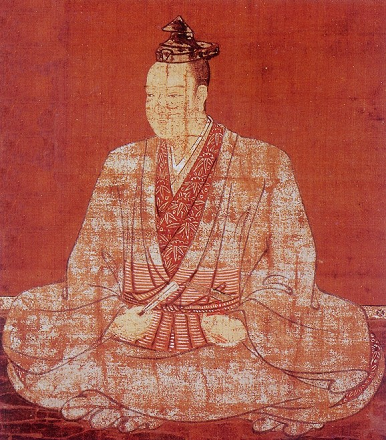
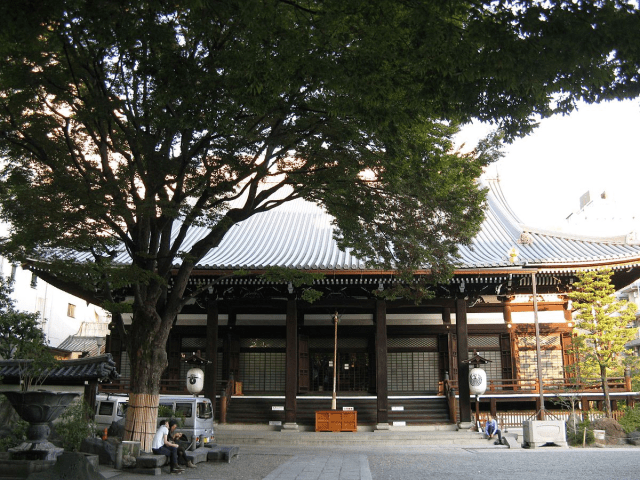
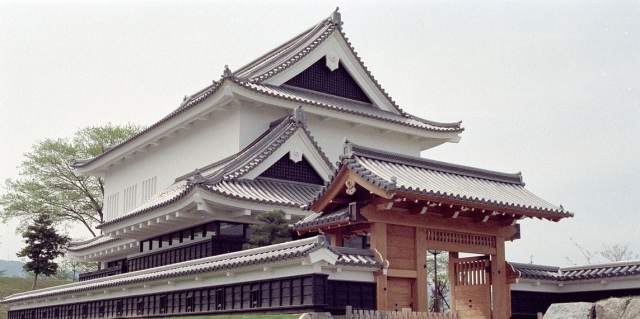
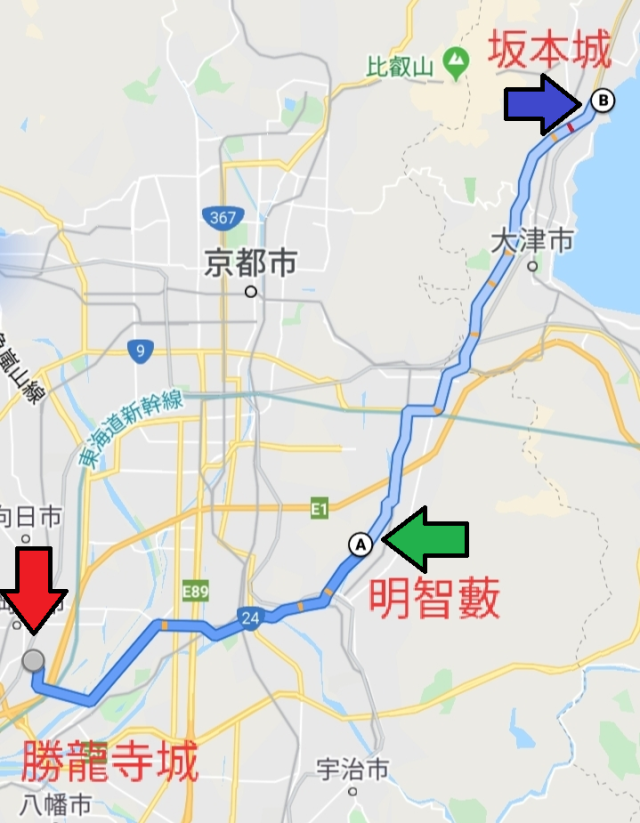
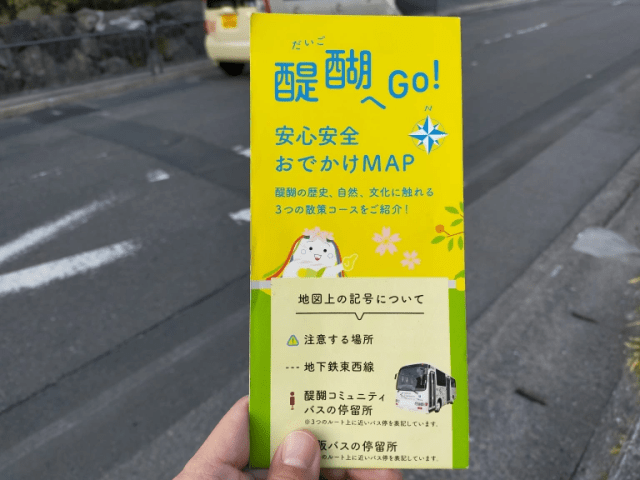
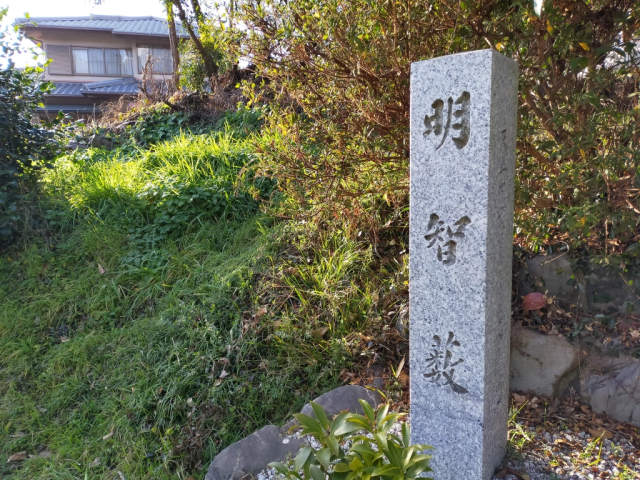
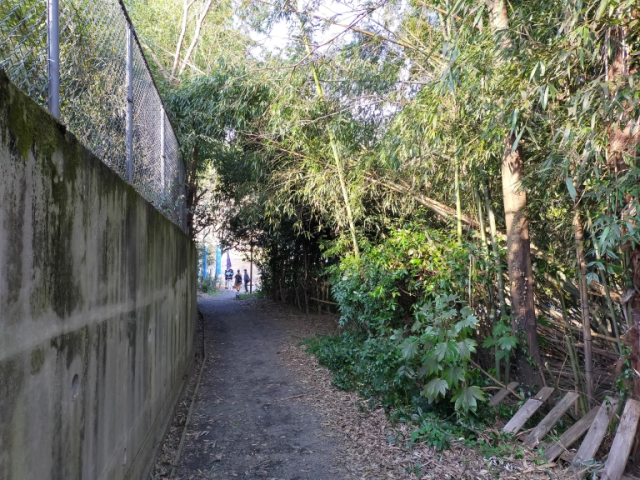
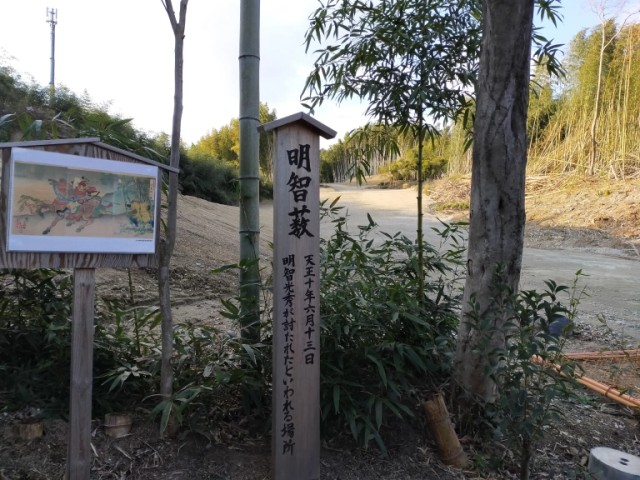
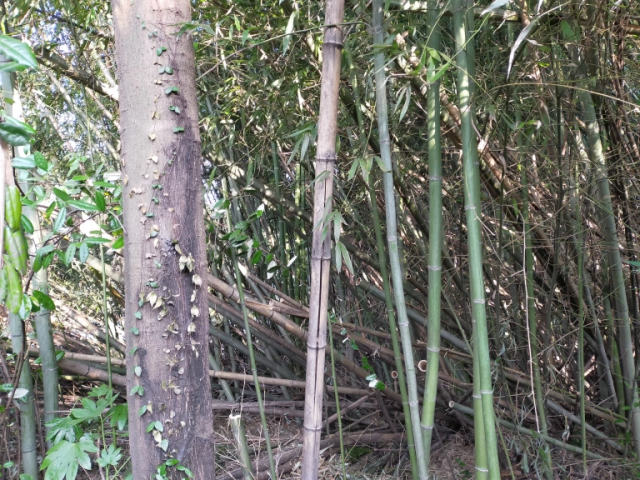
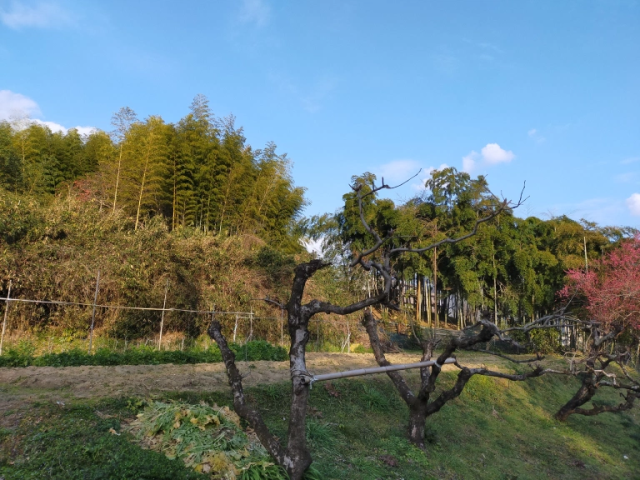
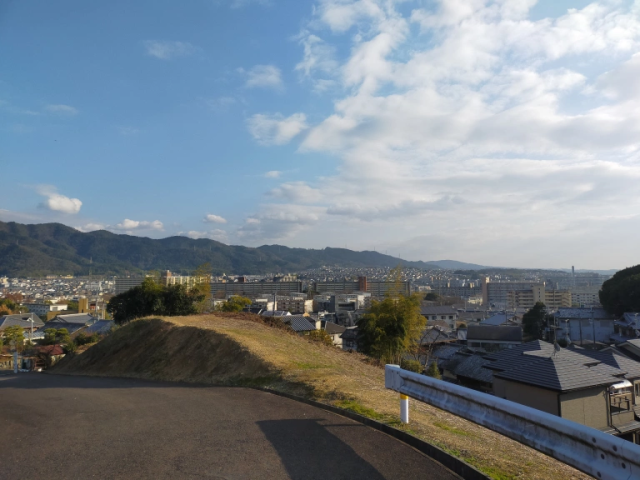
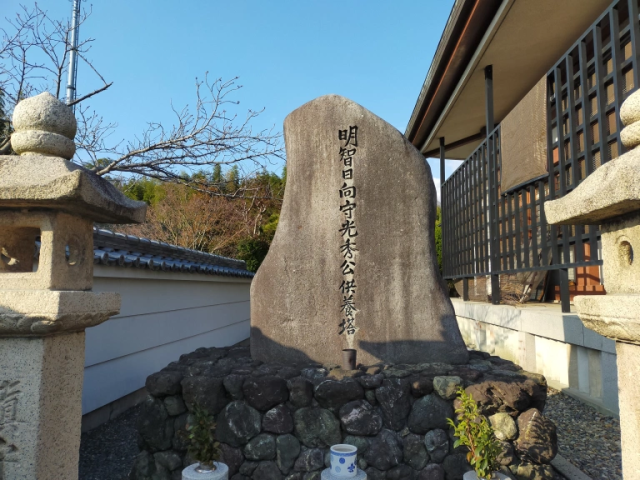
 Surreal samurai art exhibition mixes the historical with the bizarre
Surreal samurai art exhibition mixes the historical with the bizarre Need a new job? Japanese tourism organization is looking to hire two samurai
Need a new job? Japanese tourism organization is looking to hire two samurai Kamon kamon kamon kamon…branding? Pumps to bring out your inner feudal warlord
Kamon kamon kamon kamon…branding? Pumps to bring out your inner feudal warlord A roundup of some of this year’s best “Samurai Sanders”: KFC’s mascot in samurai armor【Photos】
A roundup of some of this year’s best “Samurai Sanders”: KFC’s mascot in samurai armor【Photos】 Katana coasters! Samurai sword tableware brings bushido to your home
Katana coasters! Samurai sword tableware brings bushido to your home Foreigner’s request for help in Tokyo makes us sad for the state of society
Foreigner’s request for help in Tokyo makes us sad for the state of society Harajuku Station’s beautiful old wooden building is set to return, with a new complex around it
Harajuku Station’s beautiful old wooden building is set to return, with a new complex around it Red light district sushi restaurant in Tokyo shows us just how wrong we were about it
Red light district sushi restaurant in Tokyo shows us just how wrong we were about it Akihabara pop-up shop sells goods made by Japanese prison inmates
Akihabara pop-up shop sells goods made by Japanese prison inmates Anime girl English teacher Ellen-sensei becomes VTuber/VVTUber and NFT
Anime girl English teacher Ellen-sensei becomes VTuber/VVTUber and NFT Japanese city loses residents’ personal data, which was on paper being transported on a windy day
Japanese city loses residents’ personal data, which was on paper being transported on a windy day Sandwiches fit for a sumo served up in Osaka【Taste Test】
Sandwiches fit for a sumo served up in Osaka【Taste Test】 McDonald’s new Happy Meals offer up cute and practical Sanrio lifestyle goods
McDonald’s new Happy Meals offer up cute and practical Sanrio lifestyle goods Japanese ramen restaurants under pressure from new yen banknotes
Japanese ramen restaurants under pressure from new yen banknotes Tokyo Tsukiji fish market site to be redeveloped with 50,000-seat stadium, hotel, shopping center
Tokyo Tsukiji fish market site to be redeveloped with 50,000-seat stadium, hotel, shopping center All-you-can-drink Starbucks and amazing views part of Tokyo’s new 170 meter-high sky lounge
All-you-can-drink Starbucks and amazing views part of Tokyo’s new 170 meter-high sky lounge French Fries Bread in Tokyo’s Shibuya becomes a hit on social media
French Fries Bread in Tokyo’s Shibuya becomes a hit on social media Studio Ghibli releases new action figures featuring Nausicaä of the Valley of the Wind characters
Studio Ghibli releases new action figures featuring Nausicaä of the Valley of the Wind characters New private rooms on Tokaido Shinkansen change the way we travel from Tokyo to Kyoto
New private rooms on Tokaido Shinkansen change the way we travel from Tokyo to Kyoto Studio Ghibli glasses cases let anime characters keep an eye on your spectacles
Studio Ghibli glasses cases let anime characters keep an eye on your spectacles Beautiful Ghibli sealing wax kits let you create accessories and elegant letter decorations【Pics】
Beautiful Ghibli sealing wax kits let you create accessories and elegant letter decorations【Pics】 Studio Ghibli releases Kiki’s Delivery Service chocolate cake pouches in Japan
Studio Ghibli releases Kiki’s Delivery Service chocolate cake pouches in Japan New definition of “Japanese whiskey” goes into effect to prevent fakes from fooling overseas buyers
New definition of “Japanese whiskey” goes into effect to prevent fakes from fooling overseas buyers Our Japanese reporter visits Costco in the U.S., finds super American and very Japanese things
Our Japanese reporter visits Costco in the U.S., finds super American and very Japanese things Studio Ghibli unveils Mother’s Day gift set that captures the love in My Neighbour Totoro
Studio Ghibli unveils Mother’s Day gift set that captures the love in My Neighbour Totoro New Japanese KitKat flavour stars Sanrio characters, including Hello Kitty
New Japanese KitKat flavour stars Sanrio characters, including Hello Kitty More foreign tourists than ever before in history visited Japan last month
More foreign tourists than ever before in history visited Japan last month New Pokémon cakes let you eat your way through Pikachu and all the Eevee evolutions
New Pokémon cakes let you eat your way through Pikachu and all the Eevee evolutions Sales of Japan’s most convenient train ticket/shopping payment cards suspended indefinitely
Sales of Japan’s most convenient train ticket/shopping payment cards suspended indefinitely Sold-out Studio Ghibli desktop humidifiers are back so Totoro can help you through the dry season
Sold-out Studio Ghibli desktop humidifiers are back so Totoro can help you through the dry season Japanese government to make first change to romanization spelling rules since the 1950s
Japanese government to make first change to romanization spelling rules since the 1950s Ghibli founders Toshio Suzuki and Hayao Miyazaki contribute to Japanese whisky Totoro label design
Ghibli founders Toshio Suzuki and Hayao Miyazaki contribute to Japanese whisky Totoro label design Doraemon found buried at sea as scene from 1993 anime becomes real life【Photos】
Doraemon found buried at sea as scene from 1993 anime becomes real life【Photos】 Tokyo’s most famous Starbucks is closed
Tokyo’s most famous Starbucks is closed One Piece characters’ nationalities revealed, but fans have mixed opinions
One Piece characters’ nationalities revealed, but fans have mixed opinions We asked a Uniqlo employee what four things we should buy and their suggestions didn’t disappoint
We asked a Uniqlo employee what four things we should buy and their suggestions didn’t disappoint Princesses, fruits, and blacksmiths: Study reveals the 30 most unusual family names in Japan
Princesses, fruits, and blacksmiths: Study reveals the 30 most unusual family names in Japan Katana of four of Japan’s greatest samurai turned into gorgeous scissors
Katana of four of Japan’s greatest samurai turned into gorgeous scissors One thing NOT to do in Kyoto if you’re headed there during the vacation period
One thing NOT to do in Kyoto if you’re headed there during the vacation period Samurai sword and ninja star chocolates from Japan cut open a whole new way to eat sweets
Samurai sword and ninja star chocolates from Japan cut open a whole new way to eat sweets People in some parts of Japan now legally allowed to smile for their driver’s license photos
People in some parts of Japan now legally allowed to smile for their driver’s license photos Amazing photos of off-the-beaten-path Japanese castles to add to your travel wish list【Photos】
Amazing photos of off-the-beaten-path Japanese castles to add to your travel wish list【Photos】 Kyoto now has Pokémon manhole covers as Generation 2 comes to the real-life Johto region
Kyoto now has Pokémon manhole covers as Generation 2 comes to the real-life Johto region Swords of famous samurai reborn as beautiful kitchen knives from Japan’s number-one katana town
Swords of famous samurai reborn as beautiful kitchen knives from Japan’s number-one katana town Hugh Jackman stars, sings J-pop cover, and speaks Japanese in ads for Toyota【Videos】
Hugh Jackman stars, sings J-pop cover, and speaks Japanese in ads for Toyota【Videos】 Kyoto Animation arsonist to be finally placed under arrest for July attack that killed 36
Kyoto Animation arsonist to be finally placed under arrest for July attack that killed 36 Coca-Cola’s new limited-edition Japan travel destination bottles highlight history and culture
Coca-Cola’s new limited-edition Japan travel destination bottles highlight history and culture This Valentine’s Day, wow your special someone with boozy samurai warlord chocolates!
This Valentine’s Day, wow your special someone with boozy samurai warlord chocolates! Japanese photographer captures the beauty of Kyoto in the snow 【Photos】
Japanese photographer captures the beauty of Kyoto in the snow 【Photos】 In Kyoto, “Hey, you’ve got a really nice watch” is NOT a compliment, Japanese businessman says
In Kyoto, “Hey, you’ve got a really nice watch” is NOT a compliment, Japanese businessman says Japanese travelers are avoiding Kyoto as the city’s number of foreign visitors continues to grow
Japanese travelers are avoiding Kyoto as the city’s number of foreign visitors continues to grow It’s like the samurai era never ended at this beautiful Japanese mountain town
It’s like the samurai era never ended at this beautiful Japanese mountain town
Leave a Reply